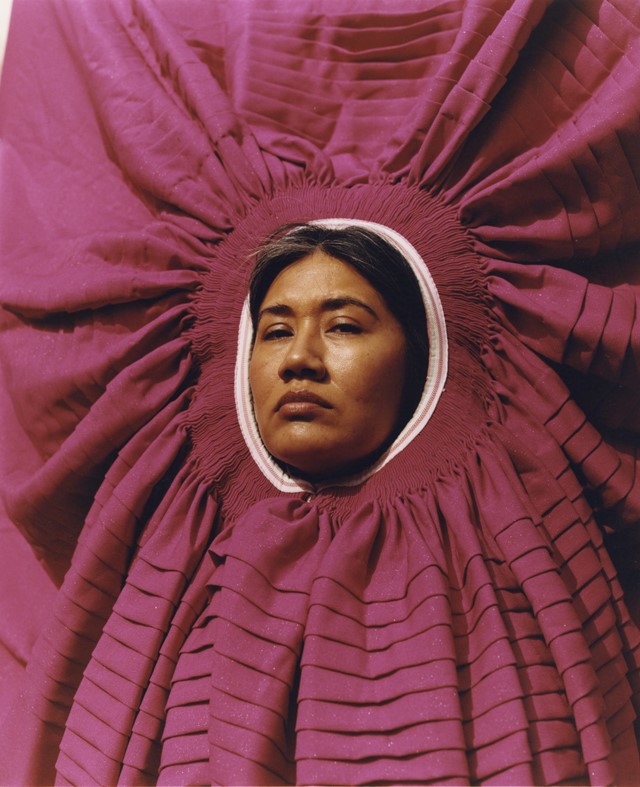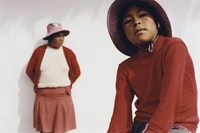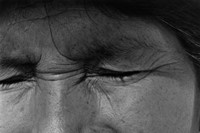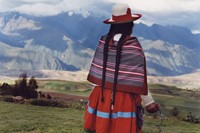Ana Flores’s debut photo series, Donde Florecen Estas Flores (Where the Flowers Bloom), aims to unsettle traditional representations of Indigenous culture
“What comes to mind when you think of Peru?” photographer Ana Flores asks me. “Llamas and people wearing traditional clothing. I want to shift the stereotypical representation of indigenous women as marginalised and passive to dynamic and fundamental aspects of Peruvian culture”.
It’s a powerful mission statement for Flores’ debut portrait series, Donde Florecen Estas Flores (Where the Flowers Bloom). Photographing Indigenous women in their Andean homeland, these images aim to unsettle traditional representations of Indigenous culture and return agency over their portrayals. Through its mix of vibrant colour and black and white photography, Where the Flowers Bloom initiates a dialogue with the past, rewriting colonial portrayals of Indigenous culture with a celebration of their traditional clothing and intergenerational knowledge.
“Growing up, I was taught to strive for white European superiority, without questioning the vestiges of colonialism,” Flores explains. “While my maternal grandmother has indigenous roots, in Peru I’m perceived as white. As a result, until recently, I didn’t make the connection between her heritage and my own ethnicity.” Born at the foot of the Andes in Cusco, Peru, and raised in Geneva, Switzerland – Flores now lives in London – this project was a journey of self-discovery for the photographer, reflected in the title’s play on her family name, which is Spanish for ‘flowers’.
It was during a visit to the iconic Cusco-based restaurant Mil, which spotlights hitherto neglected Andean and Amazonian culinary traditions, that Where the Flowers Bloom first started to take shape. The restaurant’s research centre, Mater, hosts skillshare workshops between international artists and Indigenous communities in order to both preserve the traditions of and benefit local communities, and it was there that Flores first connected with the women she photographed.
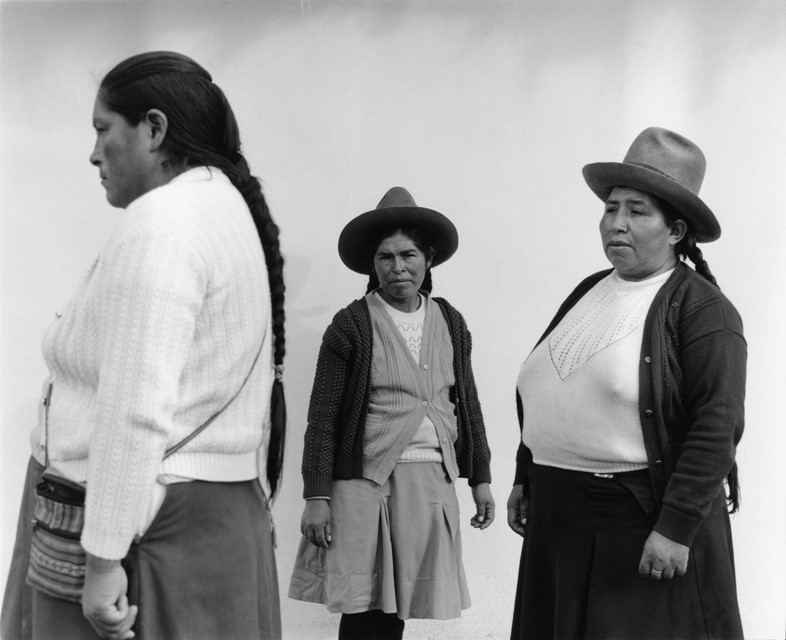
The project unfolded naturally from this meeting. With support from art director Lía Lazaro, Flores made her first journey up the mountain to the women’s village in February of this year. “The plan was to get to know them more, I wanted to assure the women that I didn’t intend to just take their photos and disappear,” she explains of this first trip. “But then a girl saw my camera and asked me to take her portrait. After that, other women wanted their photos taken, and they joined in, posing for me”. Before she knew it, Where the Flowers Bloom was starting to take form.
Flores returned a couple of weeks later with the photographs printed out and found the village abuzz with people. “It happened to be the start of the Maras craft fair, featuring over 15 associations from the villages in the mountains. Although it was purely coincidental, it proved to be incredibly fortunate as it was where I encountered the women who would become collaborators on this project,” Flores says.
Given the long-term exploitation and misrepresentation of these communities, Flores was careful to make sure that this project was mutually beneficial. “I believe a successful collaboration between a photographer and the subject requires a foundation of trust, which is why I organised two trips,” she explains. “I wanted to create a long-term project that went beyond the brief three-week period – building a lasting relationship with them was essential.”
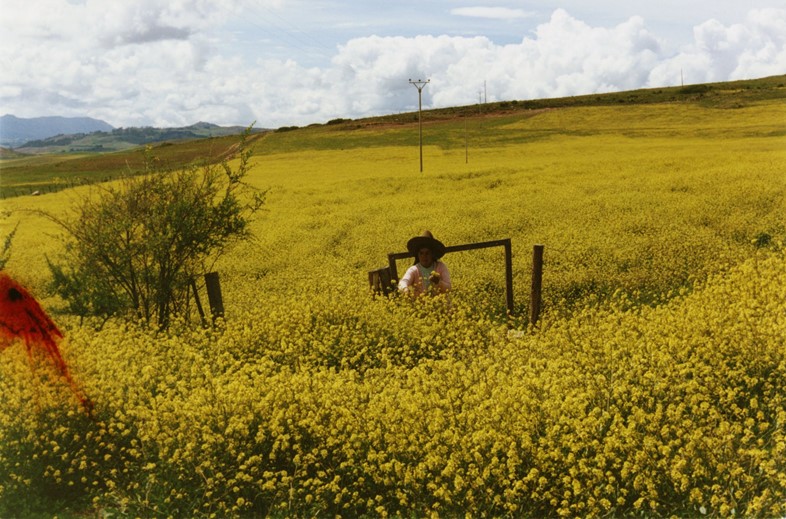
The images from these trips highlight the Indigenous peoples’ nascent connection with nature, but also the gradual encroachment of modernity. One photo, a close-up of a motorbike laden with shopping and a Wanxin supermarket bag, stands out. Nestled amongst wide, natural shots of the mountain flora, the image’s synthetic mass of plastics seems particularly alien.
The series closes with a shot of Flores herself, slightly out of focus and hunched in front of the camera. “When I was doing my research for the project, I came across an image my father had taken of my mother crouching in a field,” she explains. “The final photo is a recreation of that pose, creating a connection across time and space and symbolically returning to my roots.”
What makes this series particularly special is how Flores’ encounters with the Indigenous Andean women became encounters with herself and her own Peruvian heritage. “When I started photography, I realised I was searching for myself. I’m rediscovering Peru through my own personal lens, not one that has been imposed on me,” she says proudly.
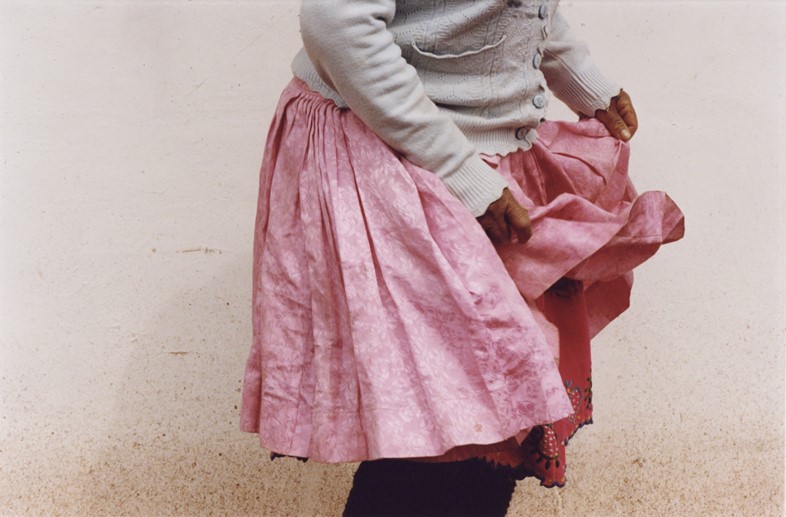
It is understandable, then, that Flores’ intended audience for these portraits isn’t in London or Geneva; it’s in Peru, both in Cusco and in those distant Andean villages. “I really want people to enjoy these pictures, but what’s more important than anything is the women I collaborated with,” she says. “I really want them to like the series more than anything.”
